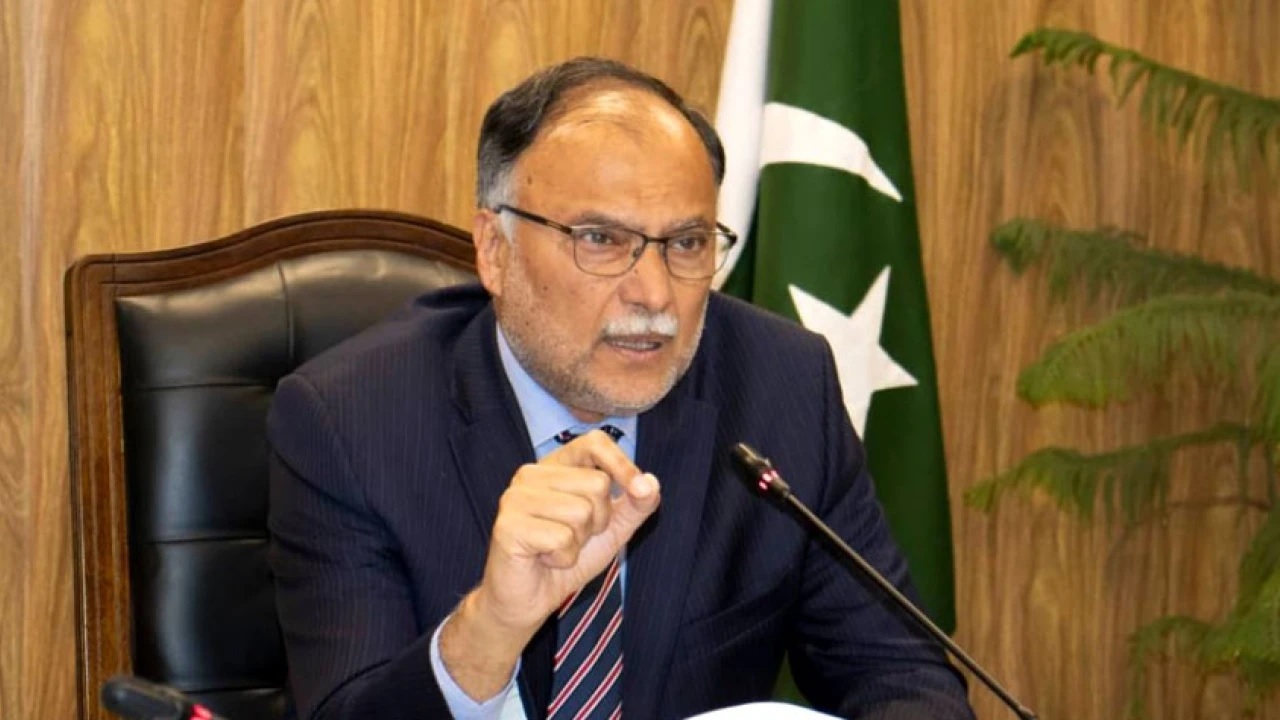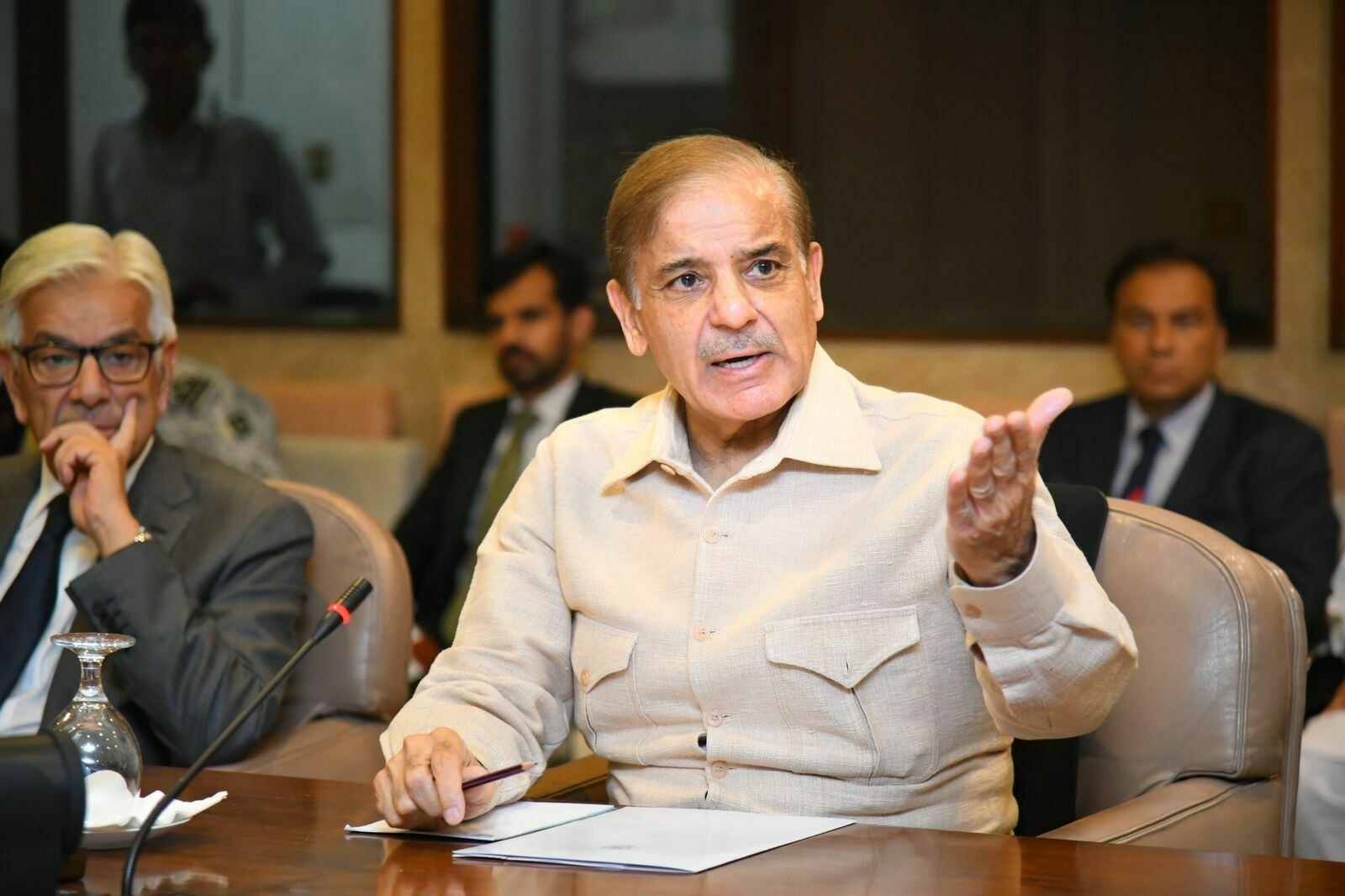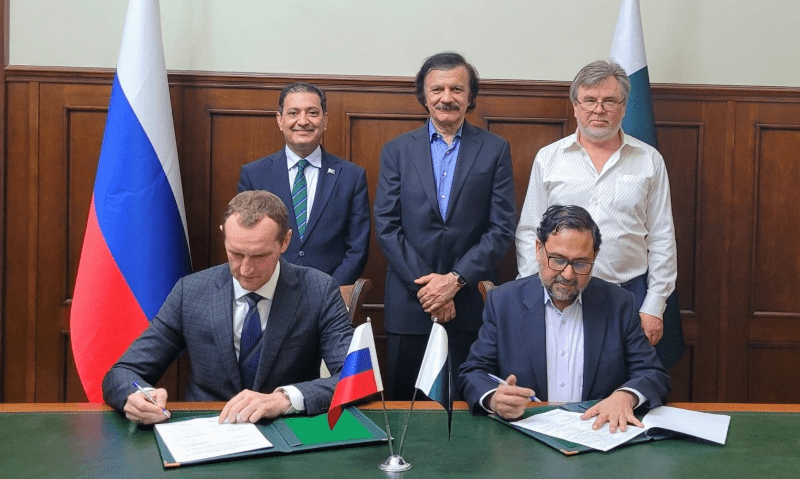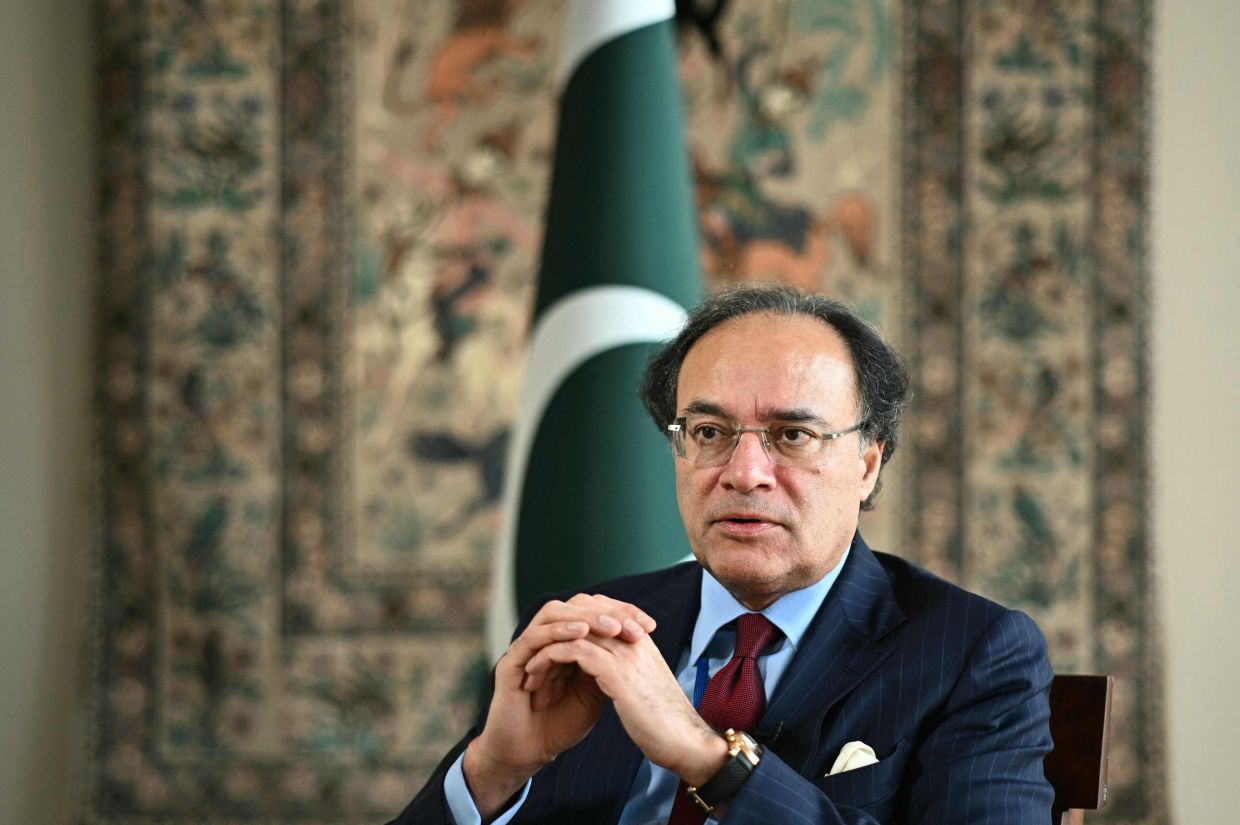PTBP Web Desk
Pakistan’s economy has recorded a remarkable turnaround, with the current account posting a $2.1 billion surplus in FY2025, compared to a $2.1 billion deficit in the previous fiscal year. This $4.2 billion improvement marks the country’s highest surplus in 22 years, according to Federal Minister for Planning, Development, and Special Initiatives Ahsan Iqbal.
Speaking at a press conference on Tuesday during the launch of the Monthly Development Update – August 2025, Iqbal described the achievement as a sign that Pakistan’s economy has entered a phase of sustained stability, with all major macroeconomic indicators showing positive momentum throughout the year.
The minister noted a 7.4% increase in remittances in July 2025, reaching $3.2 billion—reflecting the strong confidence of overseas Pakistanis in the government’s economic policies.
Exports also saw substantial growth. In July 2025, exports rose by 17%, reaching $2.7 billion compared to $2.3 billion in the same month last year. Iqbal stressed that boosting exports remains a top government priority to fuel sustainable economic progress.
On the fiscal front, Iqbal highlighted that the budget deficit fell to 5.4% of GDP, the lowest in eight years. Meanwhile, the primary balance recorded a 2.4% surplus of GDP—its highest level in 24 years.
He credited improved fiscal discipline for enabling record development spending. In FY2025, the government spent over Rs 1,068 billion on development projects, achieving a historic 98% utilisation rate of the allocated budget.
One of the most notable improvements has been in inflation control. The Consumer Price Index (CPI) fell to 4.1% in July 2025 from 11.1% a year earlier. Annual inflation plummeted from 38% to just 4%. Iqbal said this downward trend is expected to continue, providing much-needed relief to the population.
The Pakistan Stock Exchange (PSX) crossed the 141,000-point mark on August 1, 2025, driven by a new trade agreement with the United States, which secured the lowest tariff rates in South Asia. The minister urged the business community to fully exploit this opportunity to expand exports and attract investments.
In the agriculture sector, Iqbal announced the completion of the 7th Agriculture Census 2024, marking the first time Pakistan has compiled comprehensive national agricultural data. This information will guide evidence-based policymaking for food security, climate resilience, and rural development.
In July 2025, the Central Development Working Party (CDWP) approved eight major projects and recommended three for Executive Committee of the National Economic Council (ECNEC) approval. These projects are expected to create over 2,000 new jobs.
Cost rationalisation in development projects resulted in savings of Rs 40 billion, demonstrating a more strategic and efficient approach to public sector planning.
Iqbal also highlighted Pakistan’s successful launch of its Remote Sensing Satellite from China on July 31, 2025. The satellite will support agriculture monitoring, urban planning, disaster management, and climate analysis.
In a groundbreaking announcement, the minister said that Pakistan’s first astronaut will conduct scientific experiments in collaboration with China in 2026.
Under the Prime Minister’s Baikhtiyar Nawjawan Program, the URAAN Overseas Summer Internship Scholar Program attracted over 2,300 applications from 45 countries. Thirty-one top-performing students were selected and placed in key divisions of the Planning Commission.
Looking ahead, the government will accelerate export-led and technology-driven projects under the Public Sector Development Programme (PSDP) 2025–26. Key focus areas will include youth and women empowerment, climate resilience, and inclusive growth.
To ensure steady project execution, the Ministry of Finance has been directed to increase first-quarter PSDP releases by 5% and reduce last-quarter releases from 40% to 30%.
International recognition of Pakistan’s economic rebound has grown. Barron’s called it a “macroeconomic miracle,” while Fitch, Moody’s, and S&P upgraded Pakistan’s credit ratings and outlook.
Iqbal credited macroeconomic stability, structural reforms, and international partnerships for driving private-sector innovation and growth. He reaffirmed the government’s determination to sustain the momentum for a prosperous and resilient Pakistan.
According to the Monthly Development Update – August 2025, PSDP spending in July FY2026 reached Rs 1,068 billion, representing 98% utilisation of the Rs 1,096 billion authorised allocations. The PSDP 2025–26 budget is set at Rs 1,000 billion, including foreign loan rupee cover of Rs 229 billion. Notably, 63% of PSDP allocations are directed towards infrastructure development.




